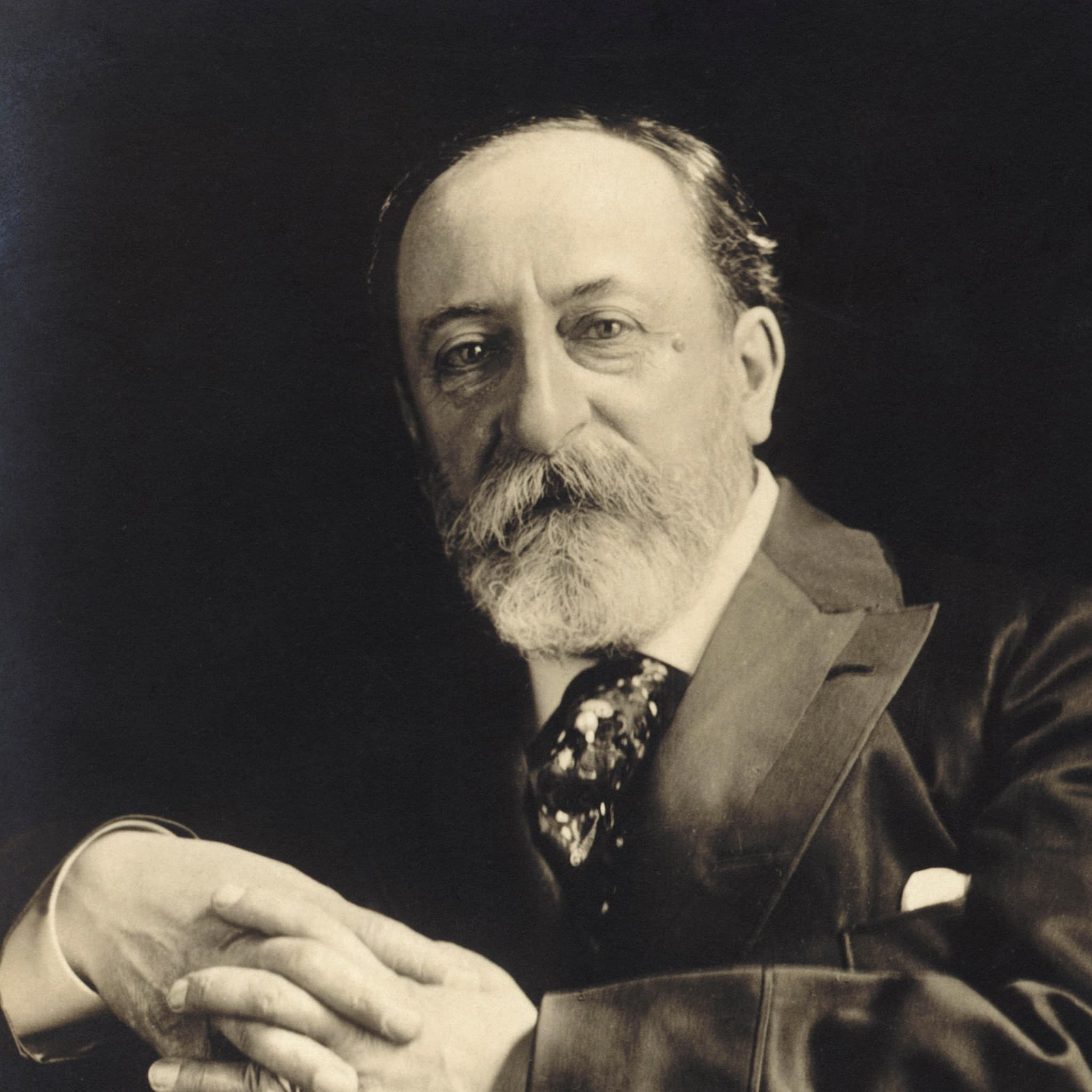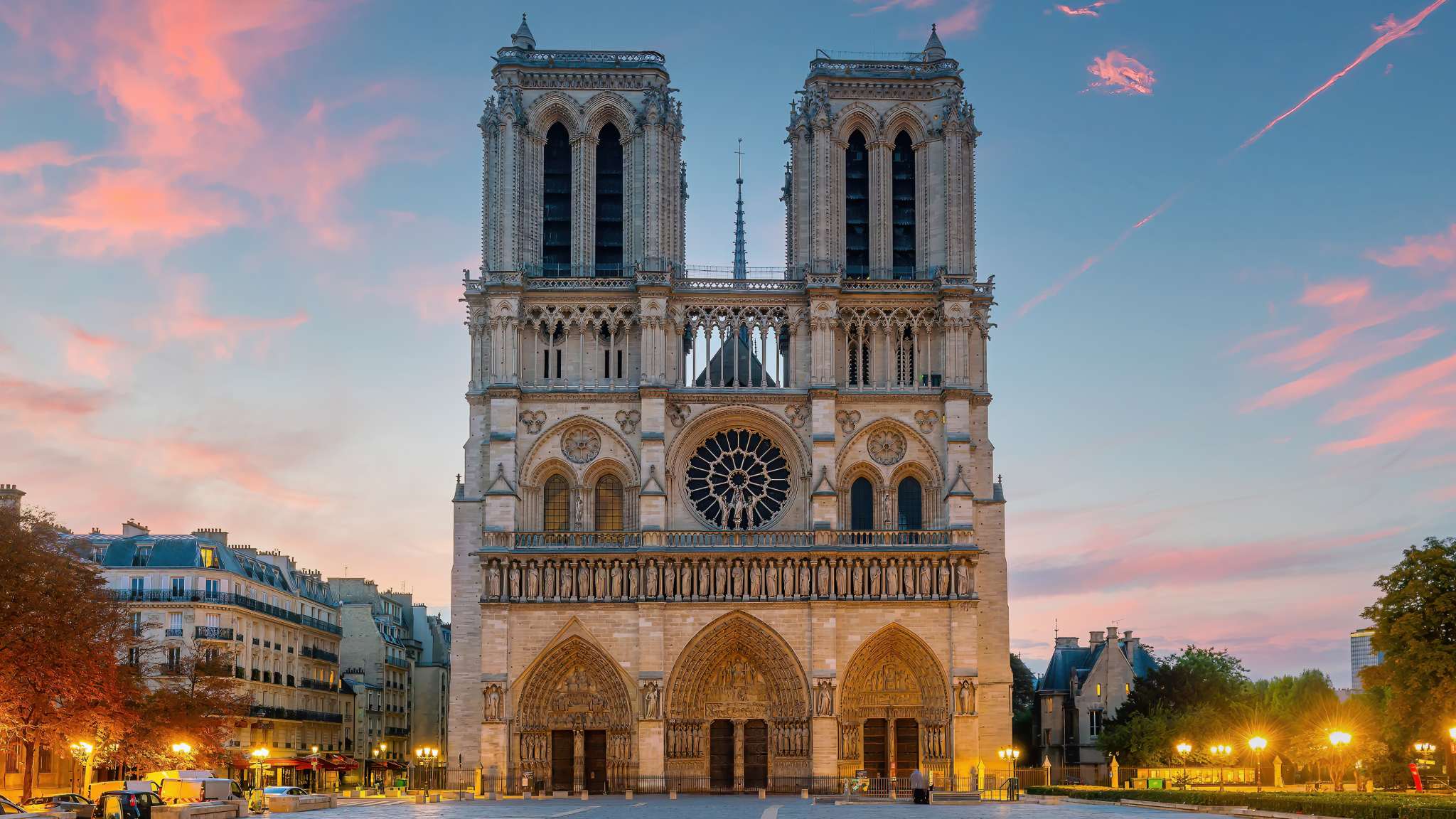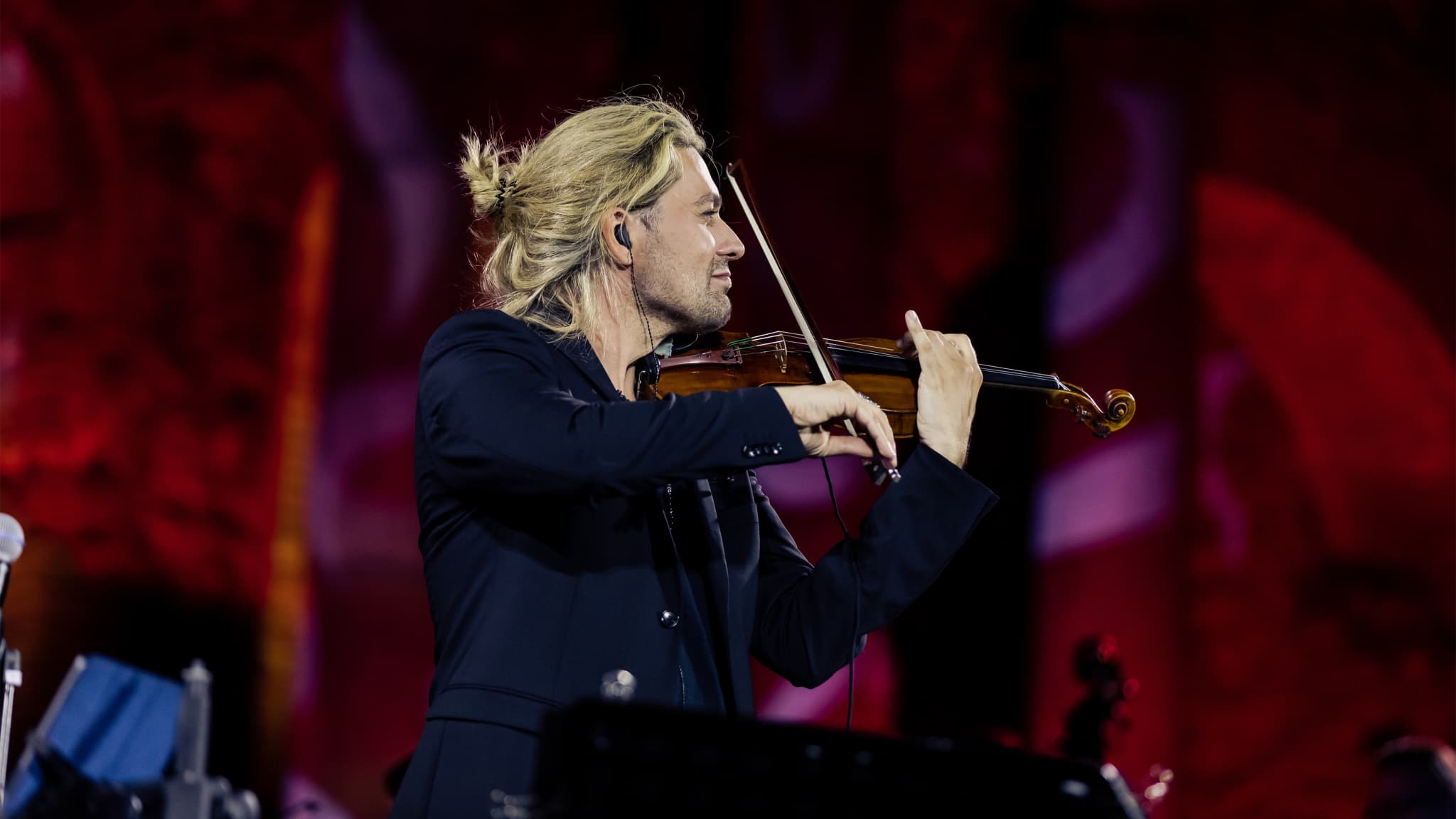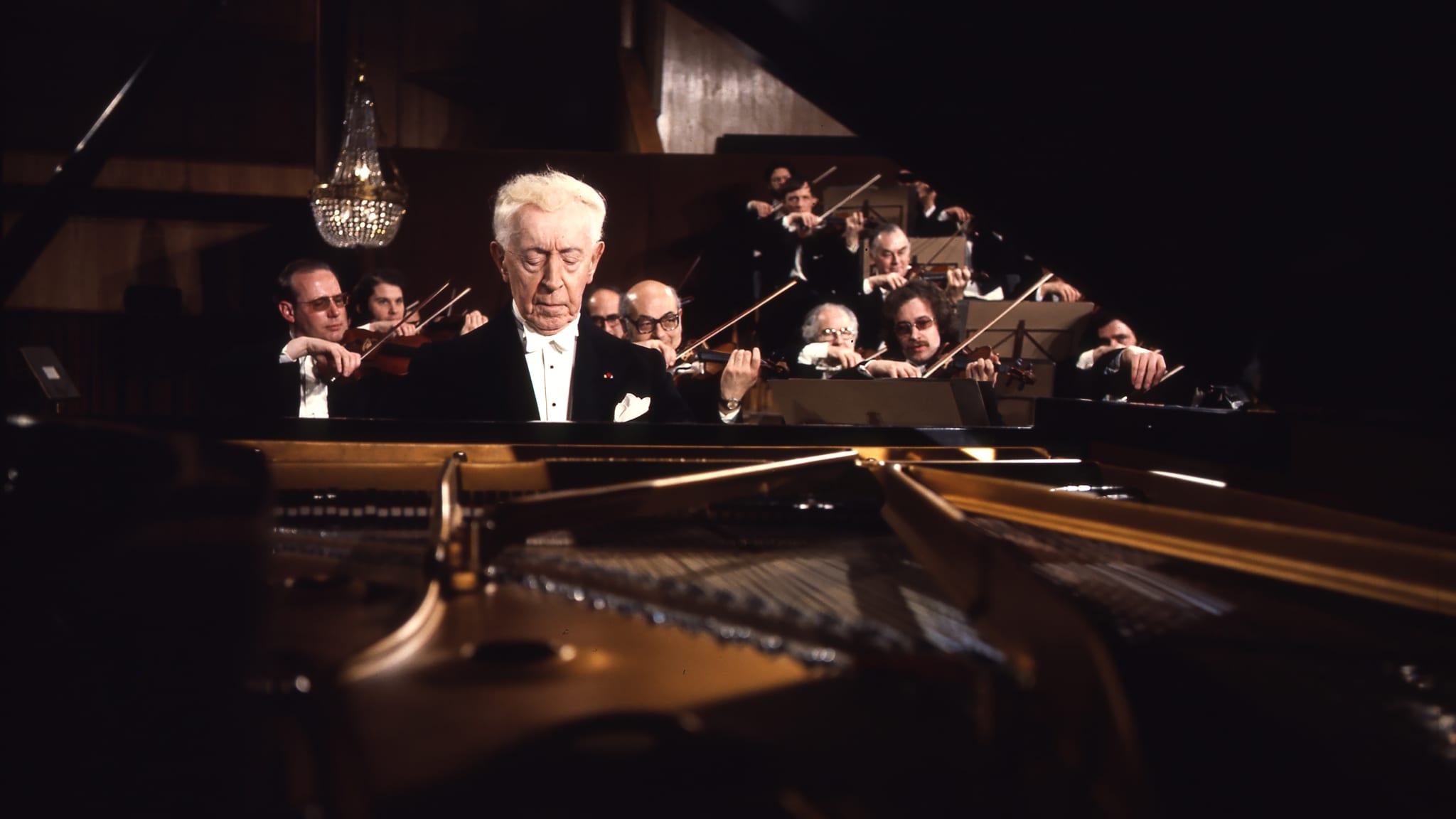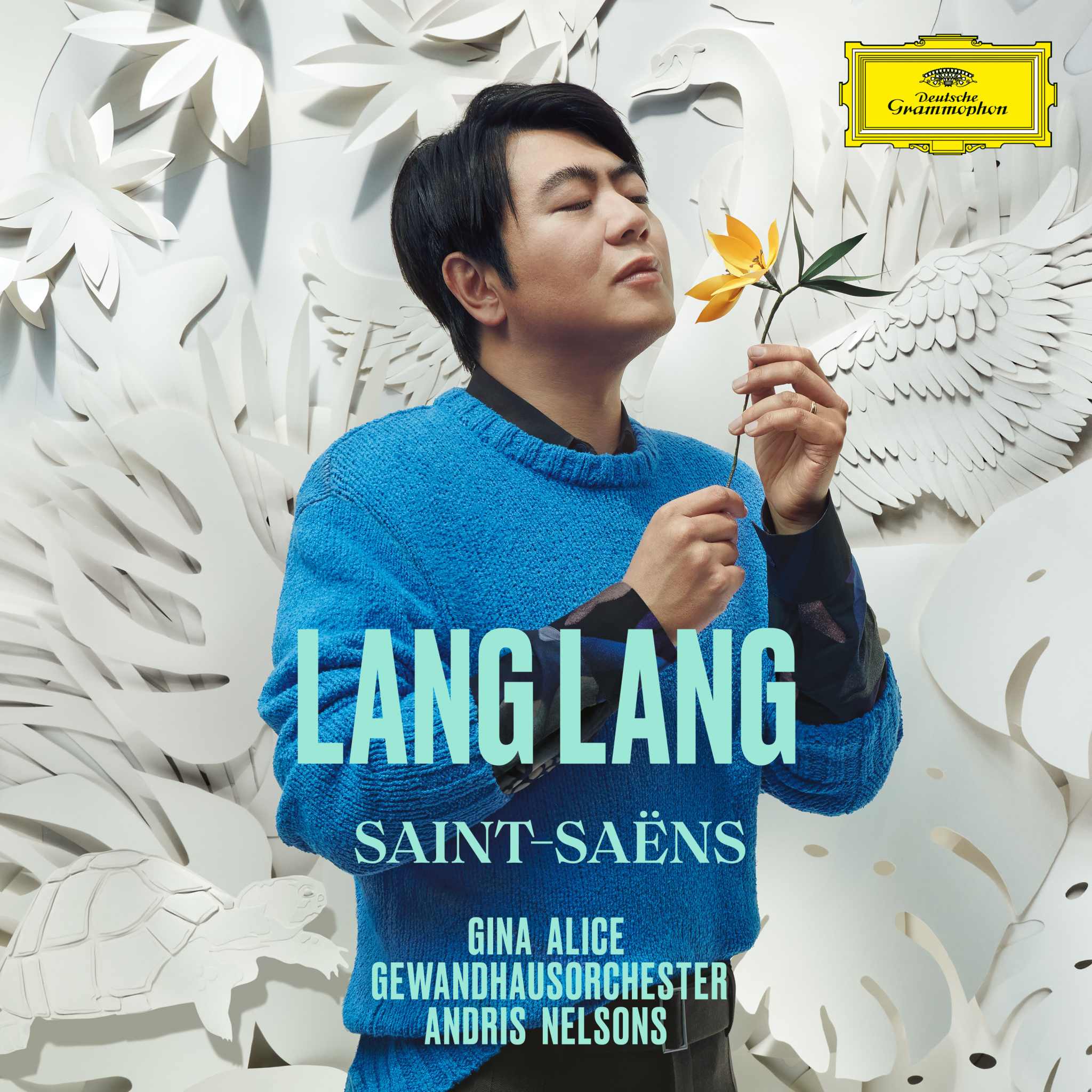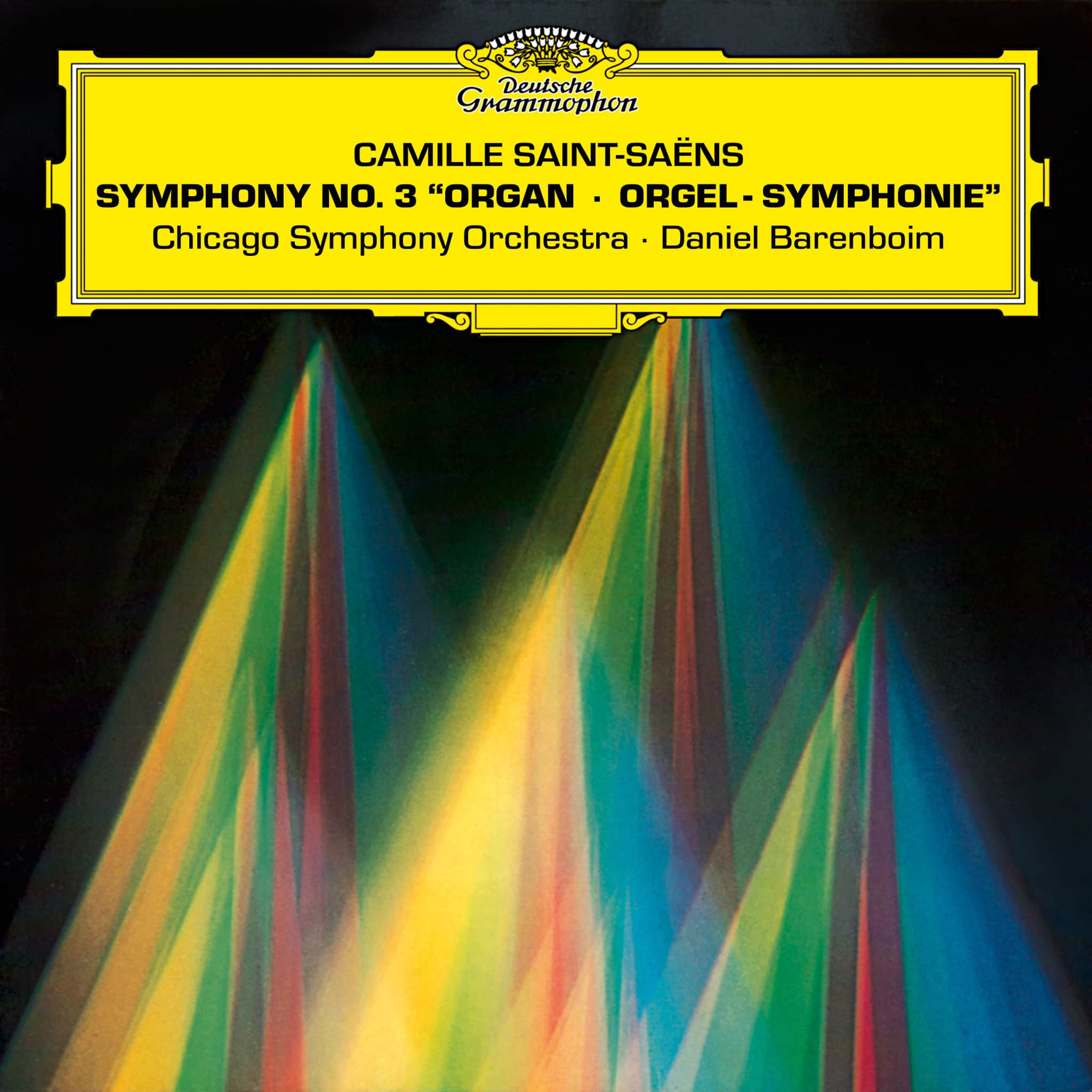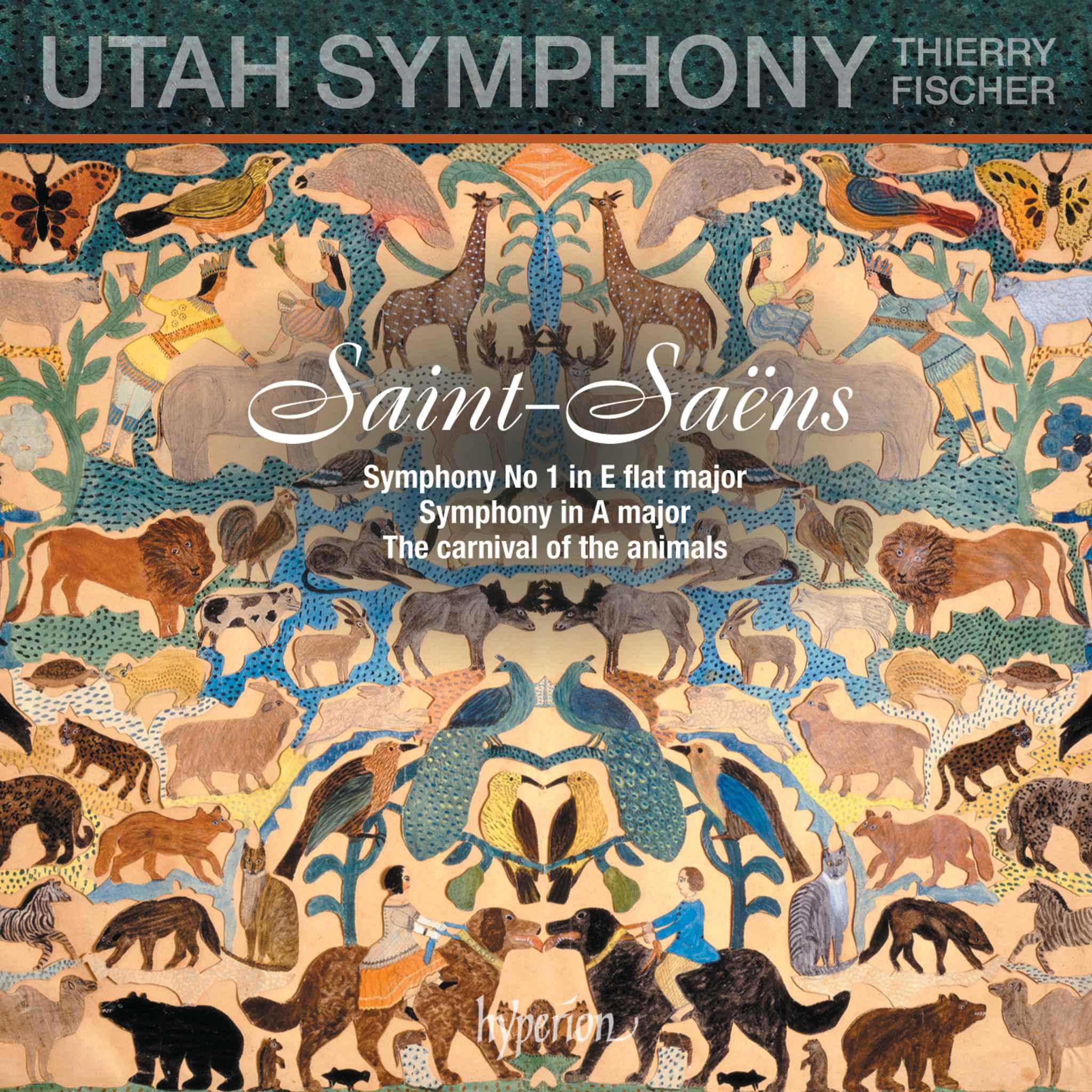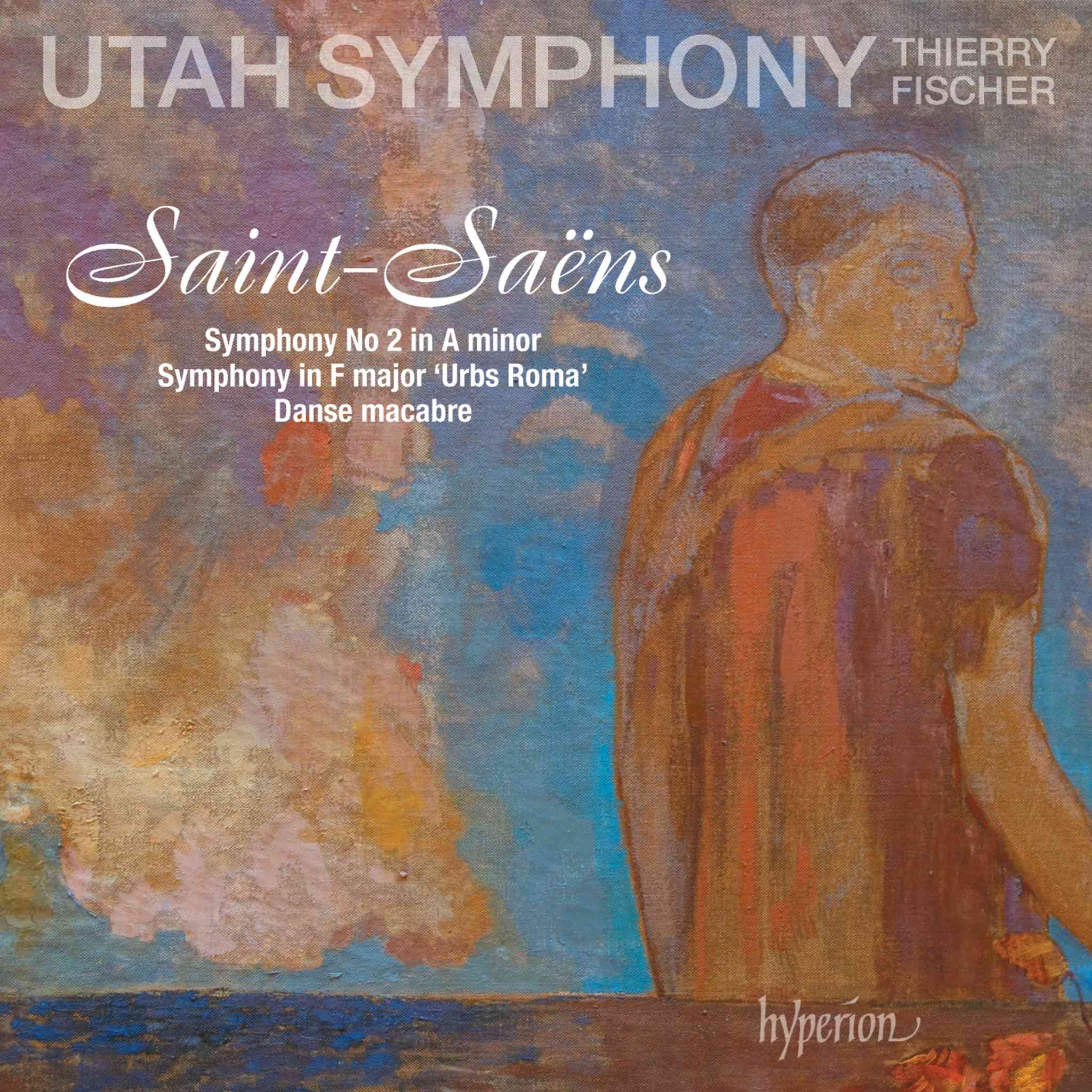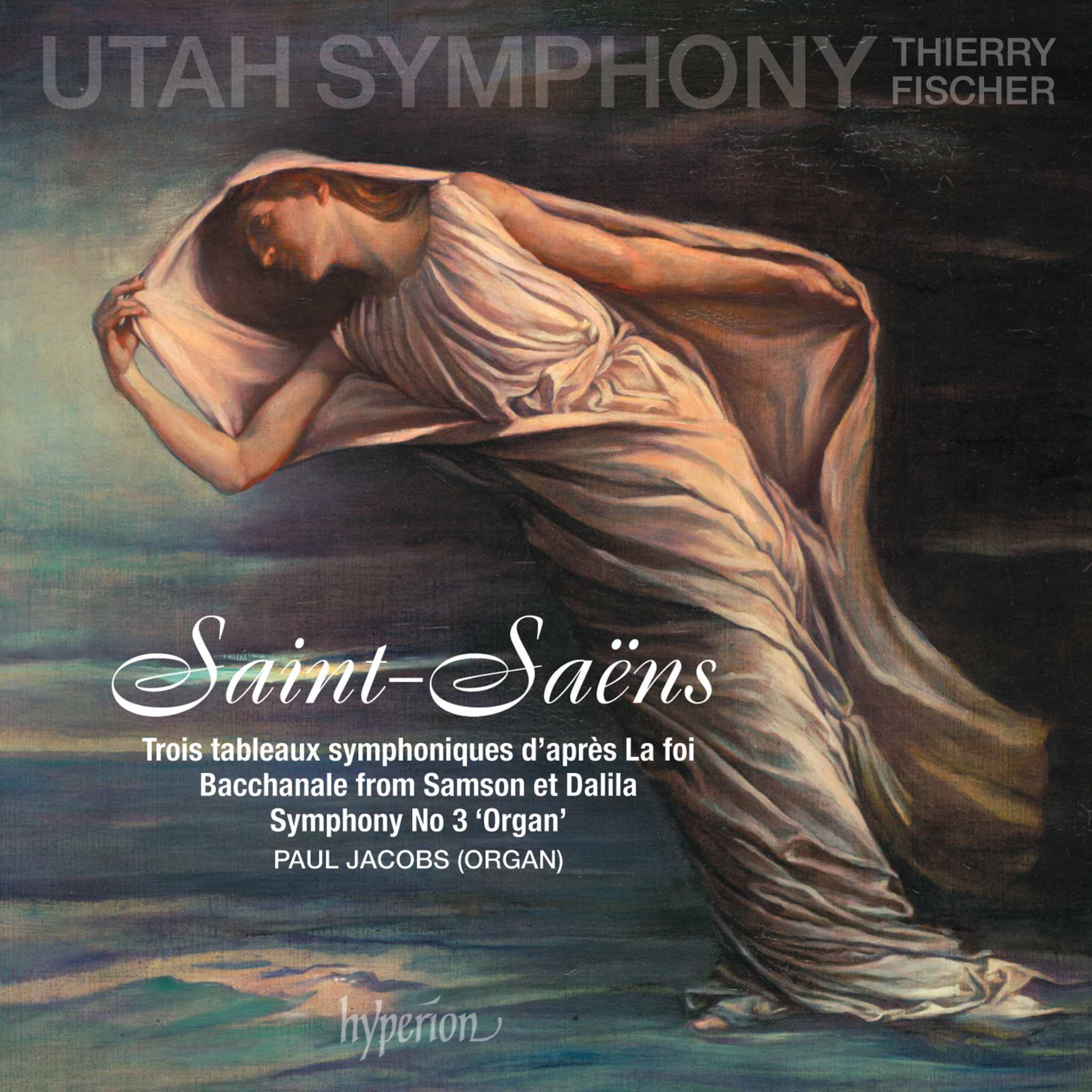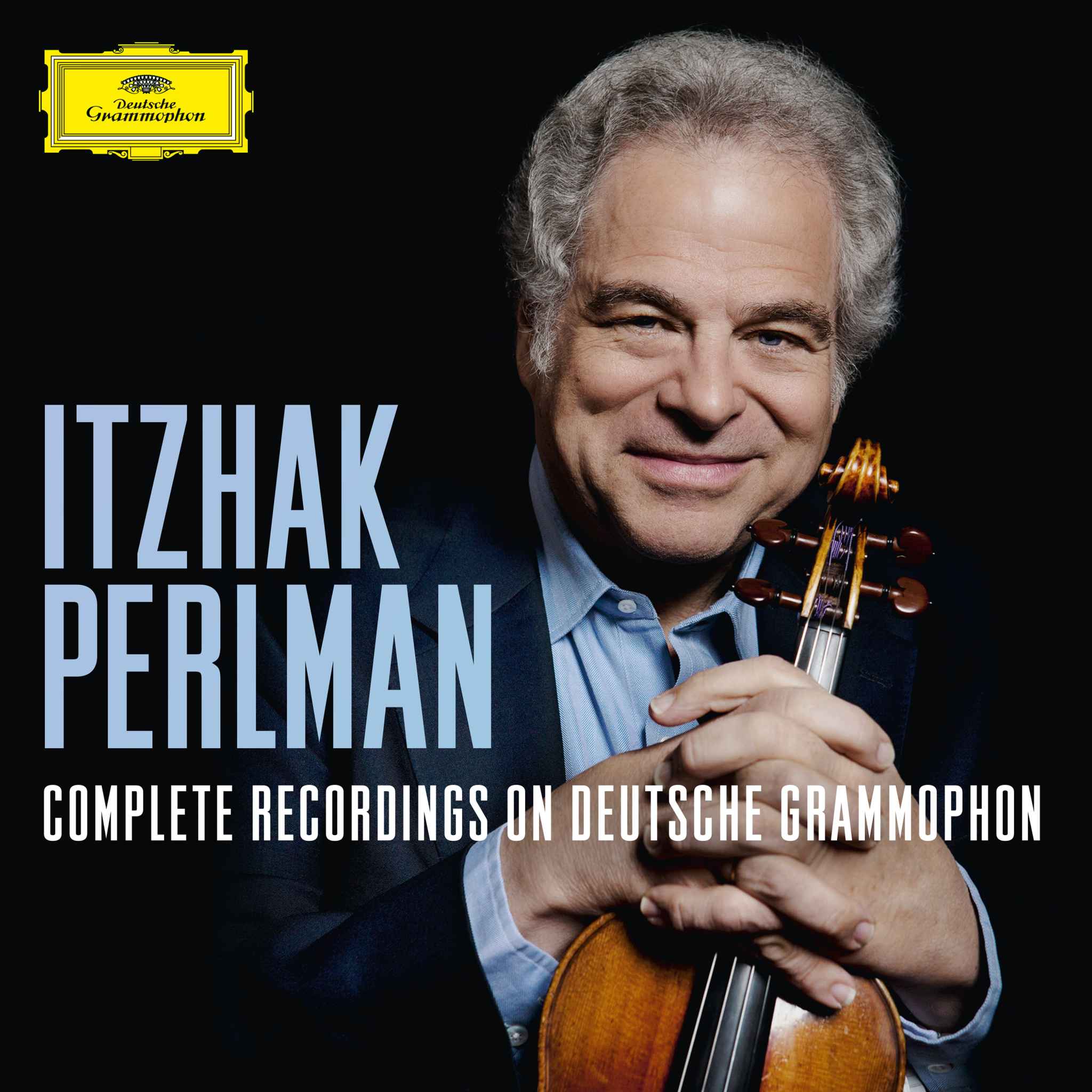Concerts and Operas
Albums
Appears On
Short Videos
AboutCamille Saint-Saëns

Camille Saint-Saëns made his public debut at the age of ten in Paris's Salle Pleyel, and in addition to his compositional work, he later also worked as a pianist, organist, journalist, and educator. In 1857, he took on the most important organist position in Paris, which he held for 20 years. His Sunday organ improvisations were famous, attracting numerous prominent visitors, including Clara Schumann, Sarasate, Rubinstein, and Liszt, who was a close friend of Saint-Saëns. Unfortunately, the Parisian public rejected most of his works as too complicated. In 1860, Saint-Saëns met Wagner, whose music he subsequently championed. In 1871, together with his colleague Romain Bussine, he founded the Société nationale de musique as a forum for contemporary works in the field of chamber and orchestral music (Debussy's Prélude à l’après-midi d’un faune also premiered here). Despite Debussy's sharp remark (from 1900) that Saint-Saëns had truly composed enough operas, he focused primarily on stage works around the turn of the century. While his star in France was already beginning to wane, he was still considered the most important living composer of his homeland in Great Britain and America.
